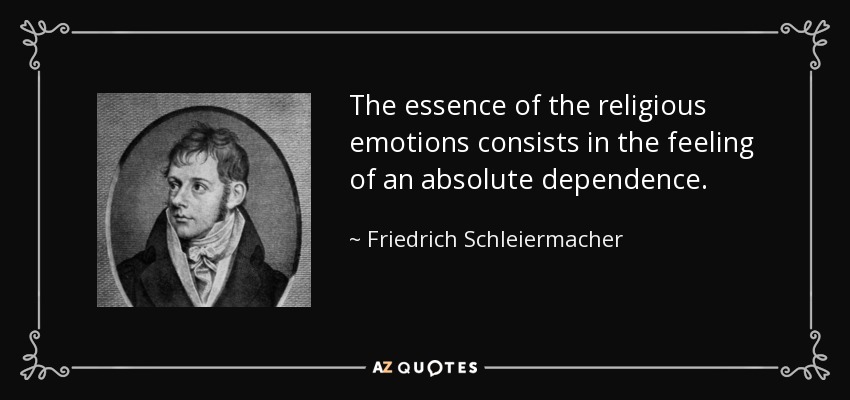
The Epistles to the Romans (Der Romerbrief)
The first edition of Karl Barth’s The Epistle to the Romans (Der Romerbrief) was published in 1919—when World War I had ended—was a monument of his break with liberalism. “Romans I” (as it is commonly called, and sadly is still not available in english translation today) was positively received and resulted in Barth being offered a teaching position as the Honorary Professor of Reformed Theology at the University of Göttingen, which is significant because Barth did not possess an advanced theological decree.
Jürgen Moltmann described Romans I as a “f alse start” similar to Barth’s later Christian Dogmatics, because it was the second edition of Barth’s Der Romerbrief in 1921 (known as “Romans II”) that caused Barth to be famous worldwide. The second edition of Barth’s The Epistle to the Romans was such a thorough revision, written in an eleven month period, that it was essentially a different book entirely, and Romans I is hardly recognizable within Romans II. In Eberhard Busch’s Karl Barth: His Life from Letters and Autobiographical Texts he writes, “As a new edition of Romans had become due, Barth resolved to rewrite his interpretation from scratch. He felt oppressed by the ‘need to subject the book to a revision in which hardly one stone of the original edifice is left on another.’ . . . ‘our eldest, who was then a girl of six, told anyone who was prepared to listen that ‘Daddy is writing another Romans, much better’. What the angels may have said on this occasion is another question.” [8]
The difference between Romans I and Romans II is expressed well by Hans Urs Von Balthasar in his famous book The Theology of Karl Barth when he wrote: “What a startling book it is! [The first edition of Romans] Barth’s opening chords reverberate throughout. It chants of a radical, philosophical mysticism, of a radical historical outlook on the world, and of a powerful universalism deeply tinged with liberalism and socialism. The Foreword to the second edition of Romans claims that the whole edifice has been razed from the ground up, so that not one stone has been left standing on another. Perhaps Barth should have been more careful and selective in his revisions; could such overpowering themes be done away with so easily?” [9]
Romans II was published after Barth left Safenwil and had arrived at the University of Göttingen. Romans II is significant because it is Barth’s first publication on his path towards the Church Dogmatics. However, Romans II does not represent Barth’s most mature theological work, and in the preface to the sixth edition of The Epistle to the Romans, this Red Pastor said that it would require another thorough revision to align it with his most important later theology.
Departing to Göttingen
In this next post, I will discuss Karl Barth’s departure from Safenwil to become the Honorary Pastor of Reformed Theology, and the path that led him to his magnum opus, the Church Dogmatics.
